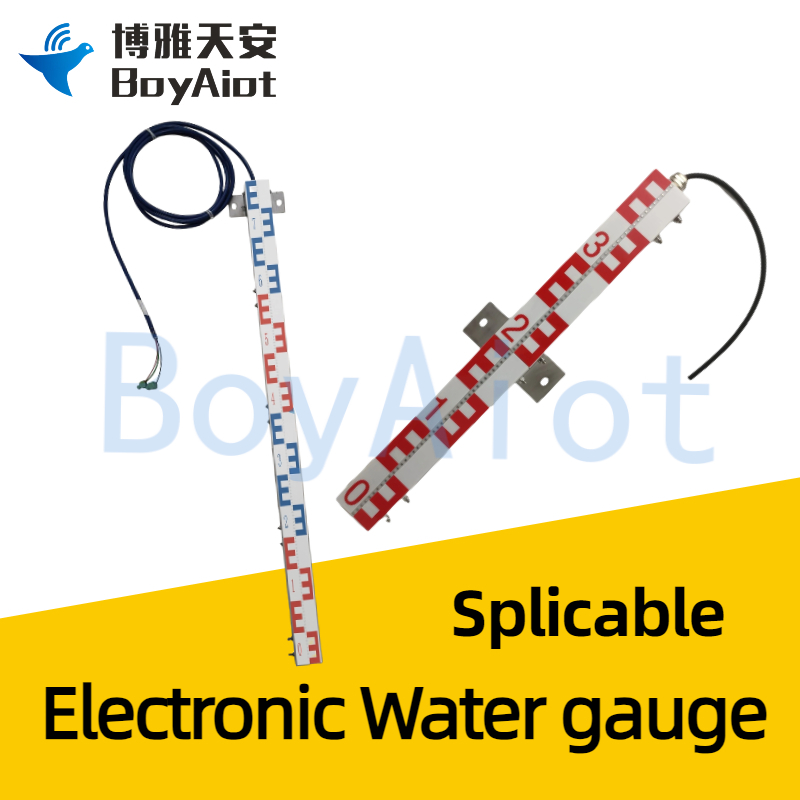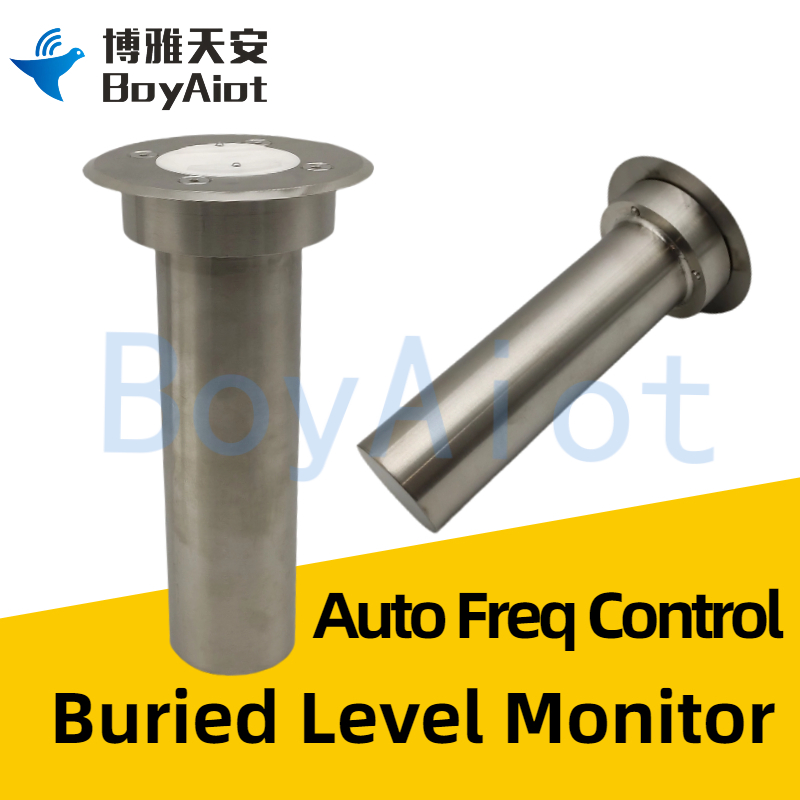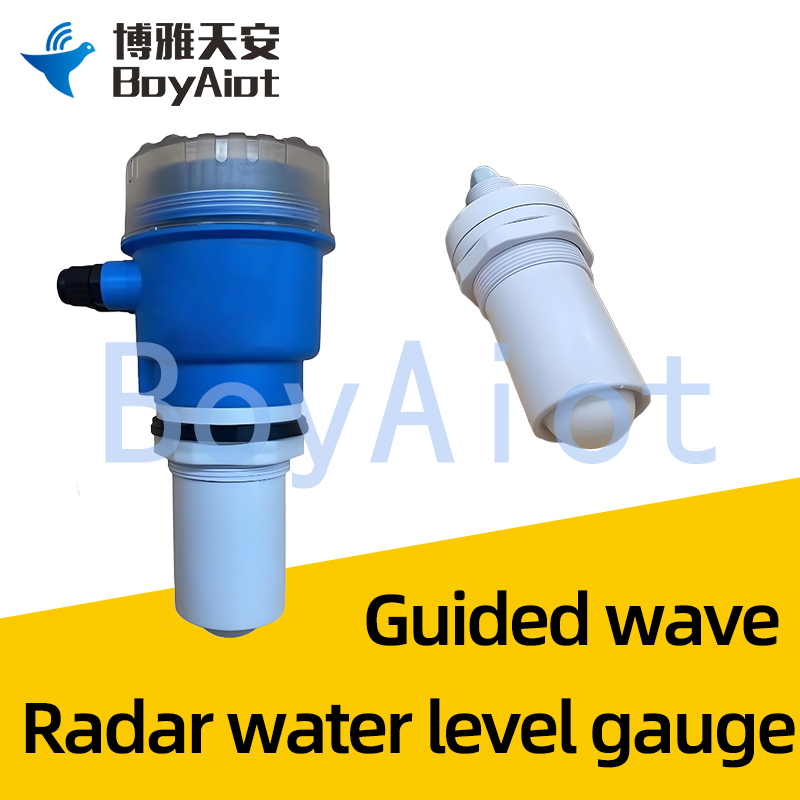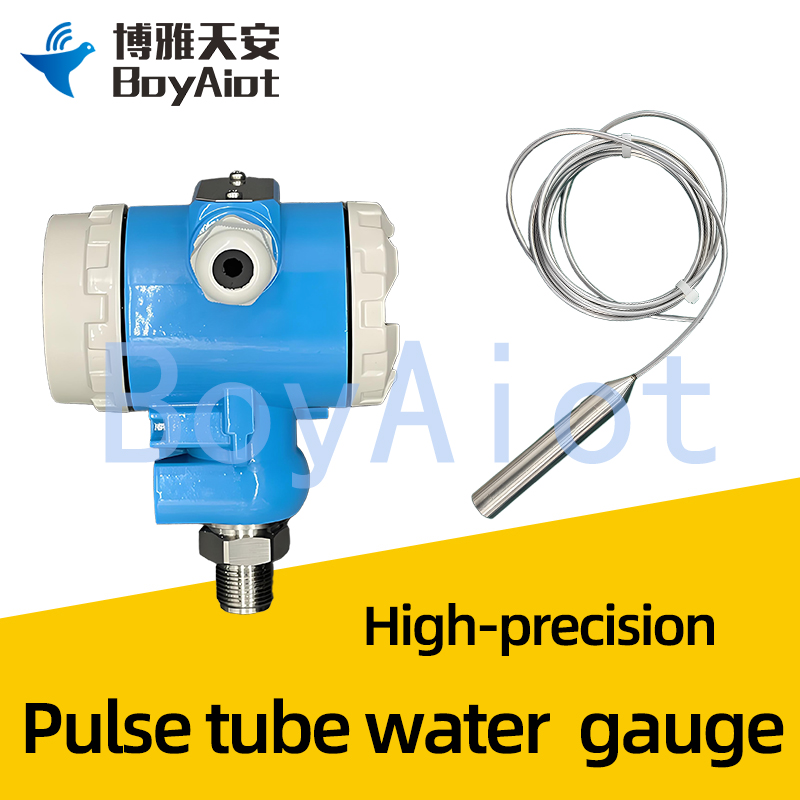BOY-GD02 Surface strain gauge
Product features:
1. High measurement accuracy, millimeter-level accuracy measurement can be achieved
2. Riveting + laser welding, long-term stable and reliable data
3. 304 stainless steel shell, IP68 protection level, suitable for various harsh environments
4. Grounding double protective sleeve, twisted pair shielded polyurethane cable, anti-mechanical wear and anti-interference
▋ Product Description
BOY-GD02 surface vibrating wire strain gauge is a high-precision measuring instrument used to measure the surface strain change of steel structure surface, concrete surface, hard rock layer and other structures, and the built-in temperature sensor can monitor the temperature at the measurement point at the same time. It is a vibrating wire sensor suitable for long-term and stable monitoring of geotechnical, hydraulic structures and structural safety monitoring projects. The equipment is mainly manufactured by imported high-resistance steel strings and self-developed manufacturing processes.
BOY-GD02 Surface Vibrating Wire Strain Gauge Using the principle of vibrating wire, the vibrating wire sensor is composed of an elastic deformation shell under force, a steel string, a fixed end on the left and right sides (fixtures that fix both ends of the steel string), an excitation (so that the steel string obtains a certain form and size of vibration, so as to monitor the frequency) and a receiving coil (the coil refers to a wire winding that is wound in a ring), etc., and the frequency of the vibrating wire is related to the tension of the string (the force between the internal parts of the object such as the stretched steel string and rope). After the geometry of the vibrating wire (the structure and size of the product) is determined, the change in the vibration frequency of the vibrating wire can be used to characterize the strain after the deformation of the measured structure.
BOY-GD02 Surface Vibrating Wire Strain Gauge Surface Vibrating Wire Strain Gauge has small elastic modulus, good follow-up with the structure to be measured, will not interfere with the original stress field during measurement, inclusive design, all stainless steel structure, simple installation, reliable use, and can be recycled and reused. The strain gauge adopts imported steel string, which has strong resistance; Riveting + laser welding, steel string fixing is more reliable; The shell is made of 304 stainless steel structure, grounding double protective sleeve, twisted pair shielded polyurethane cable, strong protection ability, with the ability to resist mechanical wear, anti-interference, and lightning strike.
|
|
|
304 stainless steel aluminum alloy shell | High stability | Long standby |
Crash-proof, impact-resistant, adaptable to harsh environments | Riveting + laser welding, long-term stable and reliable data | Low power consumption, continuous and stable operation |
|
|
|
Well tolerated | IP68 degree of protection | High precision |
Imported steel strings, strong material resistance | Corrosion resistance, oxidation resistance, high protection level | Millimeter measurement accuracy |
▋ Product Parameter
Measure the gauge length | 150mm |
measuring range | ±1500με |
accuracy | ±0.1%F.S |
Temperature range | -40~+80℃ |
temperature measurement accuracy | ±0.5℃ |
Electrical connections | Water engineering observation cable |
insulation resistance | ≥50MΩ |
working temperature | -40℃~80℃ |
Working humidity | 5%-95% |
Main material | 304 stainless steel |
Instrument length | 165mm |
levels of protection | IP68 |
▋ Application scenarios
BOY-GD02 Vibrating wire strain gauge is used in reservoirs, dams, high-rise buildings, foundation pits, tunnels, bridges, slopes and other projects on the surface of concrete, steel structure surface strain monitoring, vibrating wire strain gauge can perceive the surface deformation of the structure in real time, to provide you with high-precision strain data and monitoring services
▋ Asked Questions
Q1: How can surface strain gauges avoid reading drift in long-term monitoring?
Temperature compensation calibration is required at regular intervals (at least once a quarter), and a bimetallic compensation structure is used to reduce the influence of temperature. During installation, it is necessary to ensure that the strain gauge is fully coupled to the structure to avoid measurement errors caused by local stress concentrations. When the frequency drift is found to be more than ±0.05%F.S, the cable connection status should be checked and recalibrated
Q2: How to install the surface type vibrating wire strain gauge?
The installation of surface vibrating wire strain gauges usually requires the use of special fixtures, such as steel surface fixing fixtures or concrete surface mounting fixtures, and the appropriate fixtures are selected for installation according to specific application scenarios
Q3: How to evaluate the fatigue characteristics of the steel string material of the vibrating wire surface strain gauge?
The steel string is made of high-strength imported alloy material, and its fatigue life is negatively correlated with the working stress amplitude. Laboratory tests have shown that the frequency drift is less than 0.05%F.S after 100,000 consecutive cycles of ± 1500με full-scale conditions. In practice, it is recommended to conduct regular frequency response tests, and replace them in time when abnormal frequency linearity is found
Q4: What is the implementation method and error range of the strain gauge temperature compensation system?
A bimetallic compensation structure is adopted, and compensation is realized by a built-in thermistor (accuracy ± 0.5°C) and a temperature-frequency correspondence table. The temperature error after compensation ≤± 0.5 με/°C, and the total compensation error does not exceed ±20 με in the range of -20 °C to 60 °C. It should be noted that the local heat source should not affect the temperature sensor readings during installation.
Recommend
 Online Service
Online Service
























